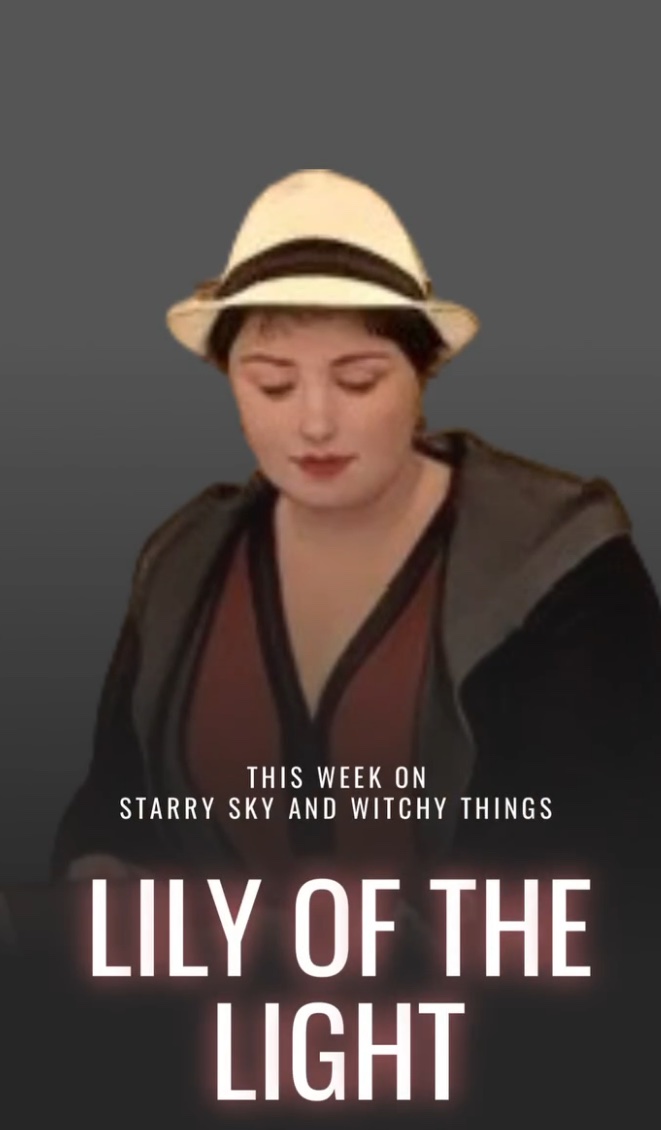The Houses are one of the fundamental blocks in Astrology, and as people building a personal brand, they can be the cheatsheet to knowing how to blend business strategy with energetics to have a brand that feels aligned to us and feels congruent and authentic to the people experiencing us.
“Leaning into your nature, trusting it, listening to it, staying with it long enough so that it may bloom into something that feels resonant and representative is a heroic feat.”
Sarah of The Moon Studio, host of Moonbeaming
In the introductory episode to the Houses series within Season 5 of my podcast, I focused on the history of the Zodiac, why we have the house systems, and what ways we can use it to be more attuned with who we are without falling into the trap of looking at astrology to tell us who we are.
Also I touched on other interesting ways to use astrological chart for those a bit more advanced in their knowledge of the birth and transit charts.
The House Systems
There’s between 10 and 20 major competing forms of house division in the astrological tradition as per figures by Chris Brennan. The earliest house systems were Whole Sign, and then Equal Houses and Porphyry. It is based on this latter system that we have the concept of quadrant houses. And it seems that they used this system specifically for the kind of predictions that now we’d call evolutionary astrology.
And when we say quadrant houses we mean the houses of different sizes that utilise the degree of the meridian as the Midheaven or Medium Coeli (M.C.). The meridian is the point where the fixed north-south axis intersects the ecliptic of the Earth circling the Sun. The Ascendant-Descendant axis shifts over the course of a day the way the sun rises and sets to the naked eye, therefore, the intersection of the two axes creates four quadrants of varying size over the 24h cycle.

The other systems use different views of the Midheaven, either the tenth whole sign house or the degree that is at the top of the chart, exactly 90° from the degree of the Ascendant. Whatever view of the Midheaven defines the whole system.
More or less anything that came out after the Hellenistic period as far as Europe goes is scholars who read the texts from Ptolemy and his contemporaries and interpreted their descriptions of the houses in their own books. Which is how we got Placidus in the 17th century. And already back in the 9th and 10th century it became more established to use calculations based on the quadrant houses, so the Medieval and Early Modern astrologers down to at least Lilly and his followers used quadrant systems, of which there were many before Placidus.
The Meanings of the Houses
According to Chris Brennan, the meaning of the houses is based on the whole sign system, although I haven’t yet come across him discussing what he thinks would change if we had the meanings assigned according to a quadrant system.
Before I move on to the signification of the houses, one point about the modern approach to astrology versus the traditional one. In the Modern approach, which is what I use except that I love hellenistic timing techniques as you’ll hear about today, there is a strong association between the planet and the house.
If you take the approach that was used at the time of Ptolemy, there is greater emphasis on house rulership and what planet rules which house in a chart, and therefore the placement of planets and their aspects is what signifies the topics in our lives. So effectively if you know how to truly read across the systems the picture of a chart compared to our lived experience of ourselves should become closer.
The Modern Associations

But the general history of why the houses and their themes boils down to one house, one sign, and the themes become easy to derive from the topics of the zodiac. That’s the approach in modern astrology, where the significations of the houses are largely derived from the 12 letter alphabet (a.k.a. “natural houses”). The 12 letter alphabet is twelve “Archetypes,” and underlies much of the presentation of planets, signs, and houses in modern Western astrology.
Joseph Crane, writing for Astro.com states that: “This particular blending of houses with signs (and their ruling planets) took root in traditional medical astrology, whereby either Aries or the First House is significator of the head, Taurus or Second House significator of the throat, etc. Centuries later, perhaps beginning with The Astrology of Personality (1936), Dane Rudhyar differentiated between “event-oriented” and “humanistic” perspectives on the astrological houses and recast all the traditional house depictions to fit psychological and spiritual interests. In the early 1970’s astrologer Zipporah Dobbyns articulated the Twelve Letter Alphabet that was linked with interpreting a natal chart from psychological or spiritual points of view.”
The Traditional Associations
This sets it aside from traditional astrology, where houses are not exactly signs and ruling planets aren’t signs either, because the houses were largely derived from 3 things: 1) angularity, 2) configuration to the rising sign, 3) the joys of the planets.
And there’s something I actually like about whole sign, although in my opinion it’s an argument that goes both ways whatever the proponents on either side of the argument want to make it sound like it supports their choice over the other, it’s how the ascendant falls somewhere in the 1st house, therefore half of the house of Self is in the sky and half on earth, which echoes the hermetic principle of as above so below.
And that’s not just me, the writings of Hermes Trimegistus were key to the view of the world at that time.
The 3rd house and in my opinion the 8th are the two houses that show the biggest gap in the understanding, although Chris Brennan pointed out that the Mercurial aspects of the 3rd house can be seen in the literature as early as the 3rd century. But I will cover that when we look at the house in depth.

Either way, the earlier authors, in the first and second centuries CE, already equate the places and signs, so the houses to an extent have themes that overlap the zodiac.
What in my experience seems to be the main point of contention is the role the planets have in this, which is where the angles and the planetary joys are key.
The Houses as a Journey of Maturity
Schmidt’s preface to his translation of Ptolemy’s Tetrabiblos noted the tendency among the Hellenistic astrologers that we can observe the use of houses in order to determine topics or areas of life as well as to determine planetary strength or activity in the ancient texts.
And we can see the themes of the life cycle both in the cycle of the 12 houses and the quadrants created by the angles.
- From ASC to IC – The period of youth and self-awareness
- From IC to DC – The period of early adulthood and self-expression
- From DC to MC – The period of adulthood, cooperation, and expansion
- From MC to ASC – The period of maturity and self-actualization
And this is the basis of how it’s fascinating for me that we start the cycle with Aries ruling the 1st house, and the astrological year at the Spring equinox which is a few days before what at one time was the beginning of the year in Christendom too, the feast of the Annunciation on March 25th, or Lady’s Day.
Aries is like a fiery push past the waters of the womb and out into the world, and we see this sense of a beginning over and over, down to when the Moon cycles the first house every month, and up to the overarching cycles in the profections.

Timing Techniques: The Profections
This timing technique gives the whole year the overall theme of a house as flavour that overshadows everything else going on.
There are two methods, and in my experience most people just know the hellenistic one and treat it as a default.
The Hellenistic method is Annual profections, moving once a year on your birthday and determining the Ruler of the Year, known as the time lord.
The Medieval method is Continuous profections – These profections are actually Symbolic Arc Progressions moving continuously by various profection arc keys (30° for 1 year; 360° for 1 year, etc.)
The annual profections are worth thinking about if you want to add a layer of flavour to the transits. The ruler of the house of the year in which you are acts as the Ruler of the Ascendant does for the overall chart, and the themes of the house in question will be more prominent in the way your natal placements and transits interact with each other.
You can find the full episode here:





